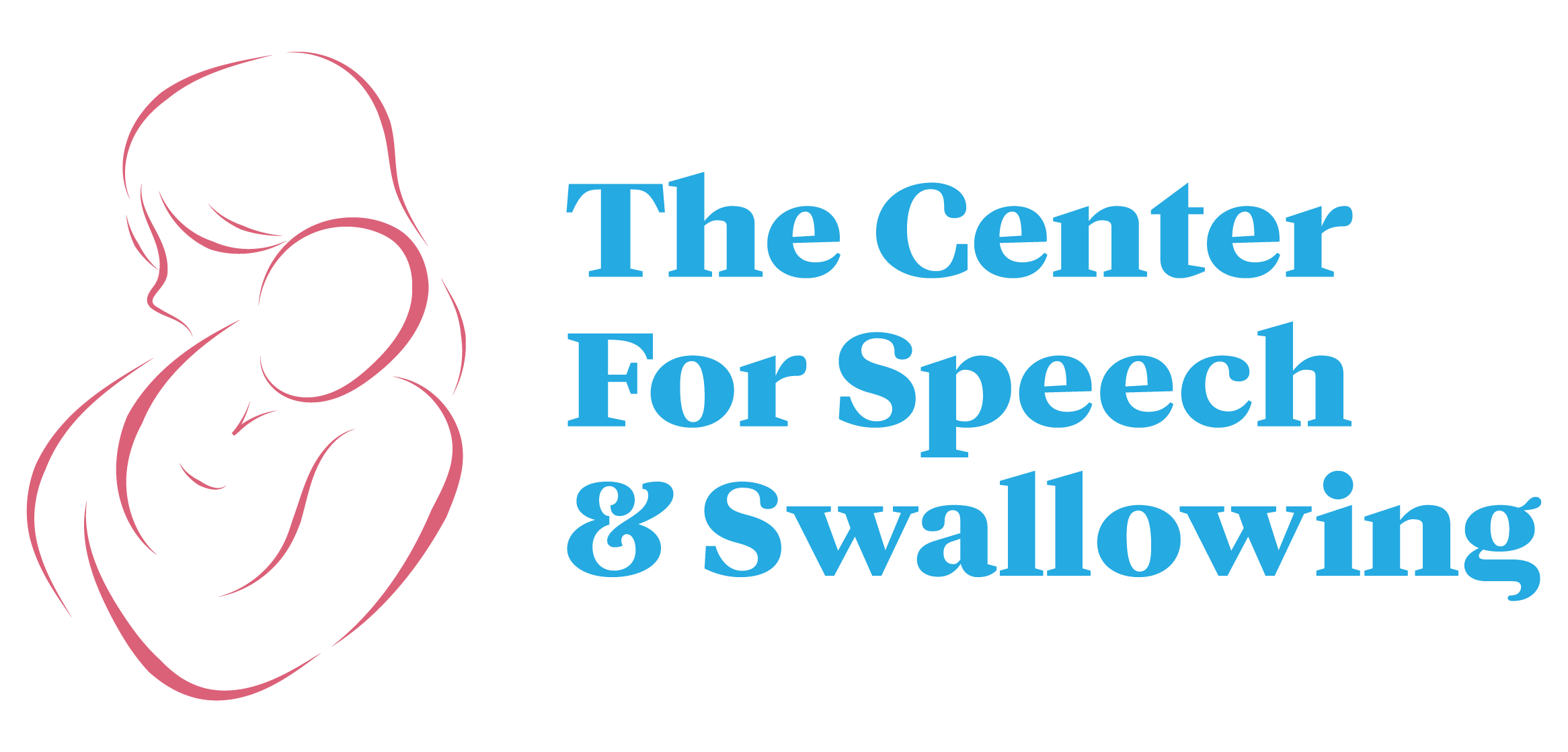Frequently Asked Questions
Blank
Blank
What is the name of the tongue tie procedure?
The medical term for the procedure to release a tongue or lip tie is “frenectomy.” Some may refer to it as a “clipping” in that until recent years the primary form of release was using scissors. Due to advances in medicine, the tie may now be released with a laser and the procedure is informally referred to as a “tongue tie release.”
Why didn’t they check my baby for a tongue tie before I left the hospital?
If your baby was nursing (with or without a nipple shield) or taking a bottle, it was probably assumed that everything was fine. Frequently new mothers get home and realize that feeding is not ideal. At that point it is beneficial to consult a specialist, particularly if sessions with the lactation consultant have proven unsuccessful. The earlier a tongue tie is identified and released, the sooner we can train baby to eat without difficulty.
How do I know for sure that my baby’s tongue tie needs to be released?
During our initial evaluation I will examine the baby’s mouth and palpate the tie(s) to assess the level of restriction present. I will perform a feeding assessment to evaluate specific issues related to the tongue tie which may inhibit ease of feeding. The evaluation includes a craniosacral fascial treatment, after which I will have a better idea of the severity of the tie(s) and need for release. If we can overcome the feeding issues without having a release, that is the preferable route. If the obstacles to feeding are too great, a release may be necessary in addition to therapy.
What should I expect after the tongue tie procedure is completed?
There will be some soreness for a few days. Every individual reacts differently. Some infants and children do not even seem to notice, while others may be fussy and choose to avoid eating large amounts for a day or two. The most important thing to keep in mind after the release is that there are stretches that must be completed six times per day for the next four weeks. I will demonstrate the stretches prior to the procedure and reinforce them 2-3 days later during our next follow-up session. The stretches must be done thoroughly and completely so that the frenulum (tie) does not reattach. Our therapy includes supporting you every step of the way before and after the tongue tie is released.
How many sessions of therapy are needed?
After the initial evaluation, an appropriate referral will be made if the tongue or lip ties need to be released. For best outcomes, we will have a follow-up visit 2-3 days later to ensure that the stretches are being done effectively. From that time there is usually a minimum of 4 sessions (one per week), however each case is different and some babies take longer to regain strength and coordination for optimal feeding. Therapy continues until feeding has improved to a functional level which allows baby to eat easily without pain to mother or baby.
For older children and adults, the course of therapy takes longer because the mouth has had more time to habitually function in a less than optimal way. We will strengthen oral structures and retrain the lips, tongue, and jaw to operate in a normal and healthy way.
My baby is so little, would it be better to wait until he is older before having the procedure?
The younger the baby, the easier the procedure will be and the sooner we can correct mouth posture for eating, swallowing, breathing, sleeping, and eventual speech. If left untreated, there is a greater chance of developing issues with eating (avoiding certain food textures, incomplete chewing, recruitment of accessory muscles for swallowing, gagging/choking), sleep disordered breathing which can lead to airway issues, dental issues, and speech issues. Additionally, it is easier to complete the post-frenectomy stretches in an infant vs a toddler who has more teeth.
I am an adult. As I have gotten older I notice my tongue is pushing forward between my top and bottom teeth when I talk and I notice certain sounds are not clear. Could this be a tongue tie?
Many adults live with a tongue tie for years without even realizing it. Just as we do not grow out of a tongue tie, the problems resulting from a tie become worse as we get older. We may snore or develop sleep apnea, the tongue may push against the front teeth during speech or swallowing, we may clench or grind the teeth, to name a few symptoms. Oral myofunctional disorders such as these may be related to a tongue tie. During the evaluation we will determine weaknesses in the oral mechanism and what we can do to improve symptoms. It is never too late to start therapy to address an oral myofunctional disorder.
Ask Questions, Get Answers.
With thorough diagnosis, expert guidance, and versatile treatment, we’re dedicated to keeping you informed, assured and empowered.
We’re here and we’re ready to help you.

